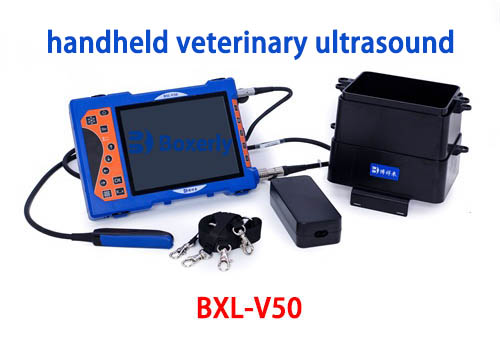As veterinary medicine continues to evolve, so does the demand for precise, efficient, and portable diagnostic tools—none more essential than the ultrasound machine. For large animal veterinarians working with horses, ganado, oveja, caprinos, and other farm animals, having the right ultrasound system is critical. From reproductive management to emergency diagnostics in the field, the choice of ultrasound machine can greatly impact clinical outcomes and workflow efficiency.
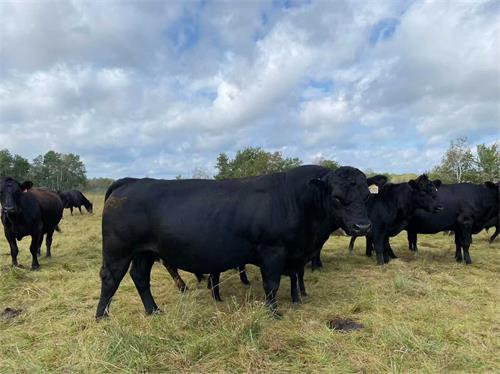
Vacas
Veterinarians worldwide face a unique set of challenges when working with large animals—often in rural or on-site environments—so their imaging equipment must match the job’s demands. En este artículo, we’ll explore the top features to look for in a large animal ultrasound machine, referencing global veterinary trends and concluding with a recommendation of the BXL-V50, a system designed with large animal practitioners in mind.
1. Portability and Durability
In countries like Australia, Argentina, and parts of the American Midwest, veterinary practitioners often travel long distances across rugged terrain to reach farms and ranches. A common theme among veterinarians worldwide is the need for portability and robust design. A suitable ultrasound machine must be lightweight, compact, and able to withstand tough conditions including dust, humedad, and temperature fluctuations.
Backpack-compatible or wrist-mounted designs, battery-operated units with long run times, and protective casing are especially valued in field use. Internationally, this has led to a surge in the popularity of handheld devices and laptop-style ultrasound units.
2. Transducer Options and Image Quality
Large animals present unique imaging challenges due to their size and anatomy. Por ejemplo, equine tendon and ligament imaging requires high-frequency linear probes for detailed visualization, while bovine reproductive exams need convex or rectal probes that provide deep tissue penetration.
Globally, veterinarians prioritize machines with multiple transducer compatibility. Being able to switch between a convex probe for abdominal scans, a linear probe for musculoskeletal imaging, and a rectal probe for reproductive assessments provides versatility. Adicionalmente, high-resolution imaging with strong penetration and minimal noise is crucial for diagnosing early pregnancies or identifying subtle pathology.
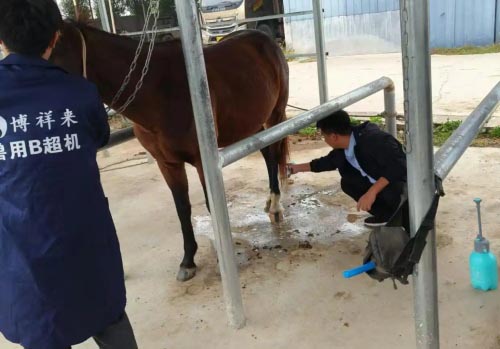
caballo
3. User-Friendly Interface and Workflow Efficiency
Veterinarians in high-volume settings, like dairy farms in the Netherlands or feedlots in the U.S., appreciate streamlined workflows. A machine that boots up quickly, allows for easy probe switching, and provides customizable presets saves valuable time. Touchscreen capabilities, intuitive menus, and multilingual support are also appreciated by practitioners in multilingual regions such as Europe or Southeast Asia.
Veterinarians with less technical training often benefit from systems with simplified imaging modes and auto-optimization features. Internationally, there’s been a movement toward making diagnostic imaging more accessible through user-friendly design.
4. Wireless and Remote Capabilities
With telemedicine expanding across borders—especially since the COVID-19 pandemic—vets in remote or underserved areas often consult specialists in real time. As such, machines with Wi-Fi or Bluetooth connectivity, cloud integration, or even live streaming options are becoming highly desirable.
In developing countries or areas without consistent veterinary presence, a vet tech might perform the scan and transmit the results to a central clinic or university hospital. Wireless capabilities enable collaboration, continuing education, and second opinions.
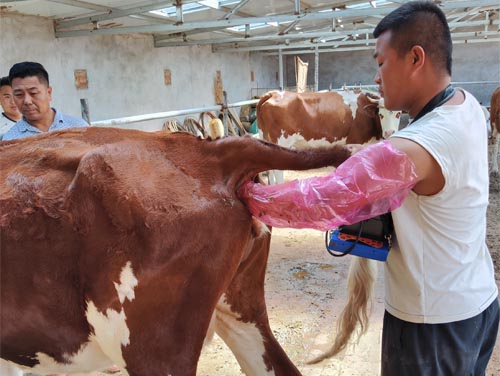
Horse Handheld Veterinary Ultrasound
5. Battery Life and Power Management
For mobile large animal vets working far from clinics or electrical outlets, battery life can make or break a day’s work. Un veterinary ultrasound machine should offer at least 3–5 hours of continuous operation on battery, with fast-charging options and field-replaceable batteries. Solar-charging kits or vehicle adapters are often used in regions like sub-Saharan Africa and parts of South America.
Some international aid programs even consider battery life as a deciding factor when deploying medical equipment to remote agricultural regions.
6. Preset Programs and Reproductive Tools
Large animal practice places a significant emphasis on reproductive management—especially in the dairy, beef, and equine industries. Having specialized modes such as “bovine ovary,” “equine pregnancy,” or “fetal heart rate detection” can drastically improve the efficiency and accuracy of the vet’s work.
Machines with built-in caliper tools, gestation calculators, and reproductive history logs are in high demand worldwide. In countries with extensive breeding programs, such as Germany or Brazil, these features are essential.
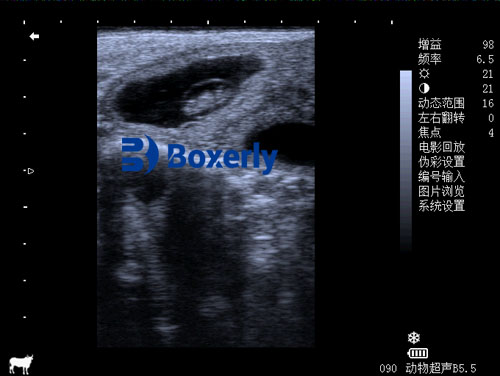
Ultrasound of horse gestation at 44 Días
7. Rugged Design for On-Farm Use
Beyond just durability, veterinary ultrasound machines for large animals must be easy to clean and disinfect. With biosecurity being a major concern—especially in places with strict animal health regulations like the EU or Canada—machines that are water-resistant or have sealed keypads are preferred.
Adicionalmente, vets in colder climates such as Scandinavia or mountainous U.S. regions look for screens that remain readable in bright sunlight and function properly in sub-zero temperatures.
8. Image Storage and Data Transfer
Modern veterinary practice includes digital recordkeeping and compliance with traceability standards. Whether it’s for animal welfare tracking in the UK or production auditing in China, being able to store, retrieve, and share imaging data is critical.
Features such as internal memory, SD card slots, USB ports, and integration with veterinary management software or PACS systems are now standard expectations among professional users.
9. Training and Support
For many international users, especially in regions where veterinary imaging is still growing, post-purchase training and technical support are major concerns. Brands that offer multilingual manuals, remote training videos, o 24/7 customer support tend to be favored.
Local distributor networks and availability of replacement parts also influence purchasing decisions, especially in markets like Southeast Asia or Eastern Europe where logistics can be challenging.
Introducing the BXL-V50: Designed for Veterinary Professionals
One system that checks all these boxes—and more—is the BXL-V50 from BXL Company. Designed with the input of field veterinarians, the BXL-V50 is purpose-built for large animal applications, blending advanced imaging with rugged field-ready hardware.
Las características clave incluyen::
-
A portable and ergonomic design, ideal for mobile veterinary professionals.
-
Multi-probe compatibility, incluyendo lineal, convexo, and rectal transducers.
-
High-resolution imaging with deep penetration and real-time imaging clarity.
-
Intuitive touchscreen controls and veterinary-specific presets for equine, bovine, and caprine use.
-
Long-lasting battery life, up to 6 hours of continuous scanning, with rapid recharge.
-
Wireless data transfer, cloud sync, and USB support for easy image sharing.
-
Waterproof and dustproof build—IP67-rated housing to withstand tough environments.
-
Multilingual software interface and dedicated training resources for global users.
Whether you’re scanning a thoroughbred mare in Kentucky or a dairy herd in New Zealand, the BXL-V50 provides the confidence, convenience, and clarity you need. With a reputation for affordability and robust performance, BXL continues to support the global veterinary community with solutions that are both practical and powerful.
